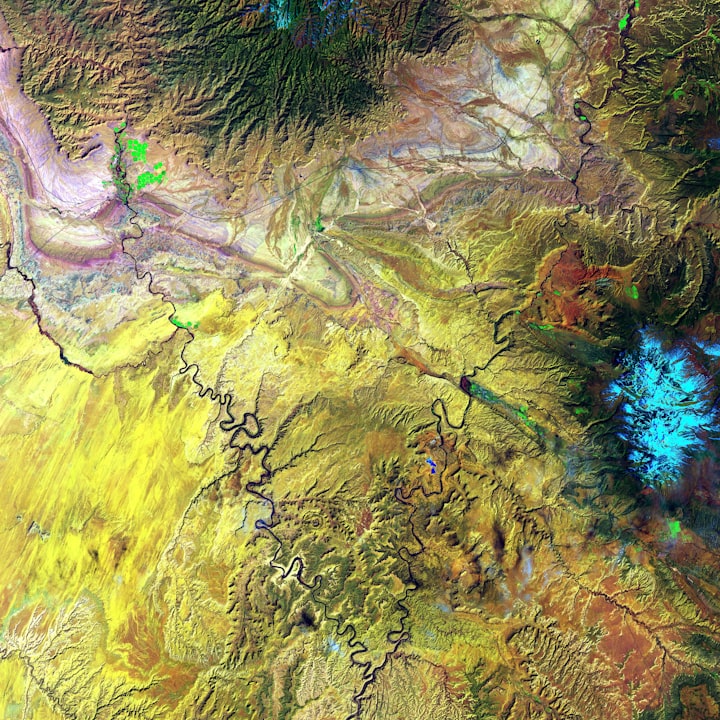How Does Salt Melt Ice on Roads?
Discover how salt melts ice on roads and its environmental impact, as well as alternatives to sodium chloride de-icing.

When winter arrives, roads and bridges often become treacherous due to snow and ice accumulation.
To combat this, authorities employ salt to clear the roads.
But have you ever wondered how salt is so effective in this task?
Understanding the Physics of Ice
Ice forms when water freezes.
Water molecules arrange themselves in a crystalline structure, forming a rigid lattice.
The individual water molecules are bound to one another by hydrogen bonds, a force that holds them together.
The Role of Salt
Salt, or sodium chloride (NaCl), disrupts the formation of the hydrogen bonds in ice.
When salt is spread on icy roads, it dissolves into its ions, sodium (Na+) and chloride (Cl-), when it comes in contact with the thin liquid layer on top of the ice.
The sodium and chloride ions interfere with the ability of water molecules to form the rigid structure of ice, disrupting the lattice and preventing further ice formation.
This action effectively lowers the freezing point of water, causing the ice to melt.
The Yoga Ball Analogy
To help visualize this process, imagine ice as the class of toddlers holding hands, wiggly but fairly together in the right conditions.
When it freezes, it's as if the kids are locking arms.
The application of salt is like throwing a bunch of yoga balls into the room.
It becomes physically harder for the kids to get to each other to lock arms because the balls are in the way, thus weakening their desire to play with each other.
Environmental Impact of Road Salt
While effective, it's worth noting that the use of road salt raises concerns about its environmental impact.
Excessive salt runoff can contaminate freshwater sources, harm aquatic life, and corrode infrastructure.
Future Considerations
Researchers are exploring alternative de-icing strategies, including the use of alternative chemicals, as well as methods such as heating roads and pavements to prevent ice accumulation.
Conclusion
Salt's ability to melt ice on roads is rooted in the disruption of the hydrogen bonds in ice, lowering its freezing point and causing it to melt.
While effective, it's essential to consider the environmental implications and explore alternative de-icing strategies for the future.






